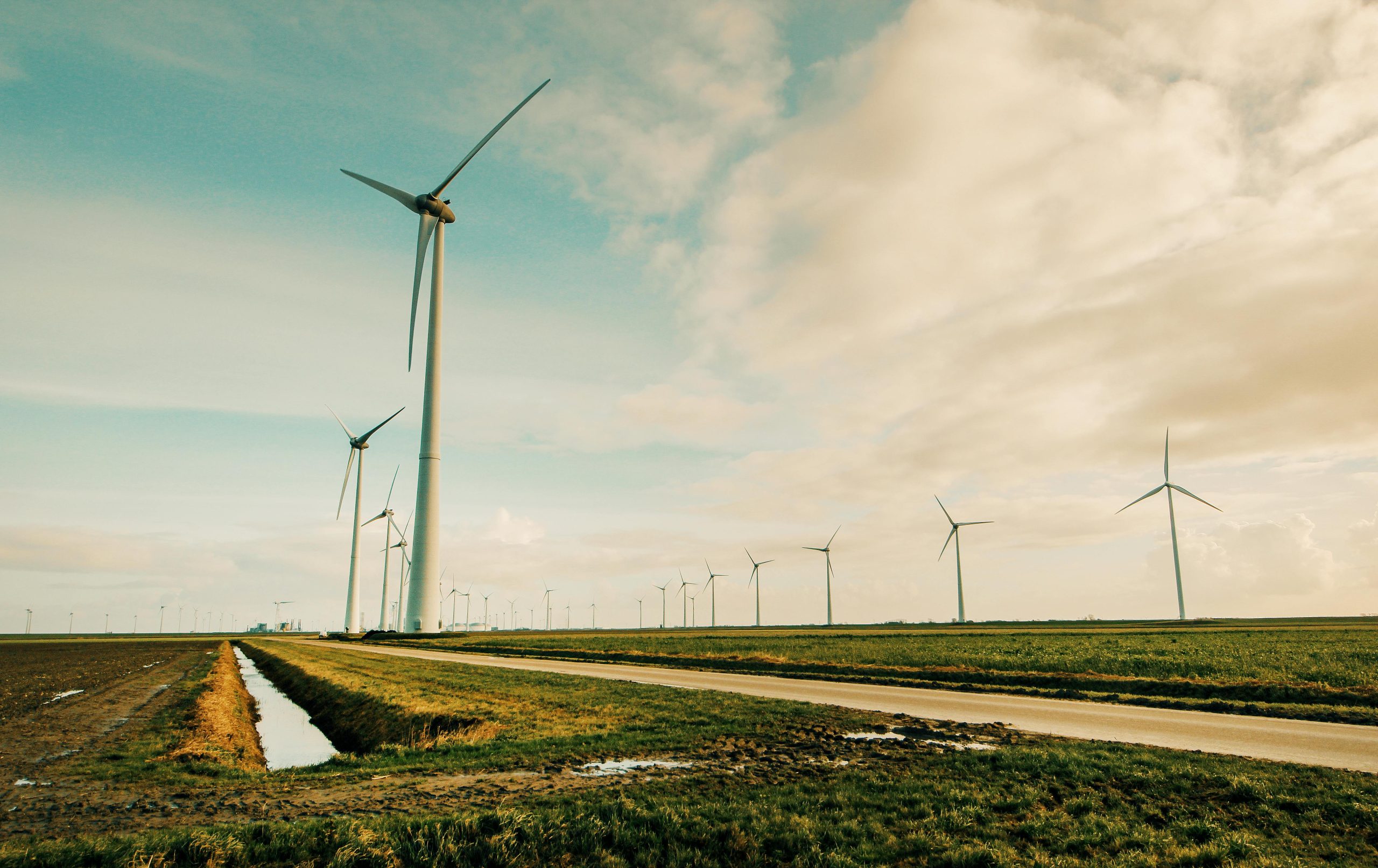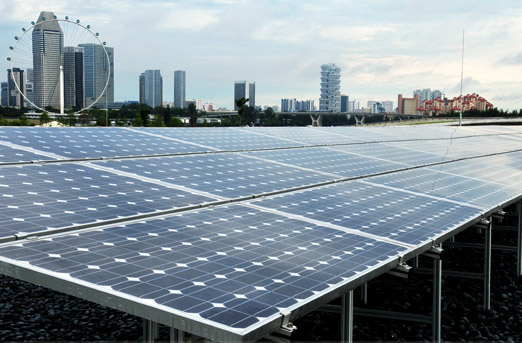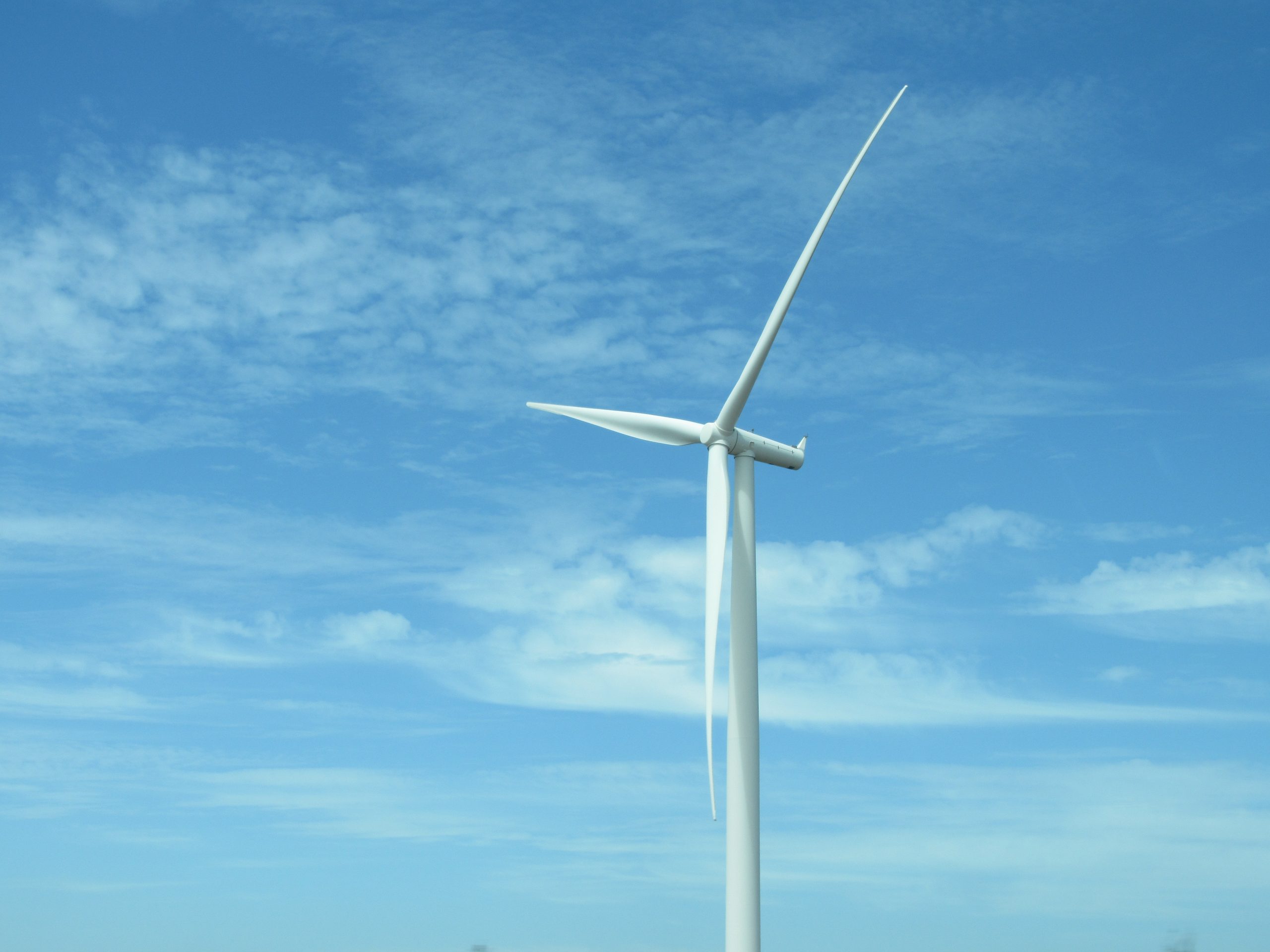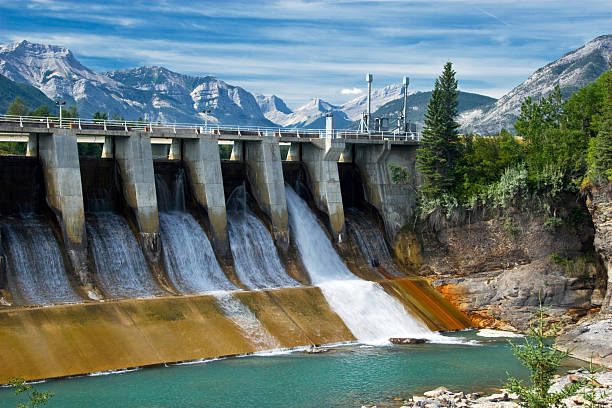UK hydro
- UK
- Hydro

Aviva is an RE100 member – the company has committed to sourcing 100% of its electricity from renewable sources by 2025. In addition, Aviva plans to be net-zero across all scopes by 2040. Intermediary targets include a 25% reduction in carbon intensity of assets by 2025, up to 60% reduction by 2030, and net-zero operations and supply chain by 2030. The company’s approach includes setting Science-Based Targets to help guide this transition and increasing sustainable investments. By the end of 2021, the company had invested over 7 billion GBP in green assets in an effort to align with the 1.5°C target set out in the Paris Agreement.

The production of renewable electricity is certified by Energy Attribute Certificates (EACs). These are the accepted legal instrument through which claims of renewable energy generation and consumption are substantiated in the global renewable energy market. There are different types of EAC for different regions of the world, and they are all in compliance with the quality criteria set by the Greenhouse Gas Protocol in the latest Scope 2 guidance document.







